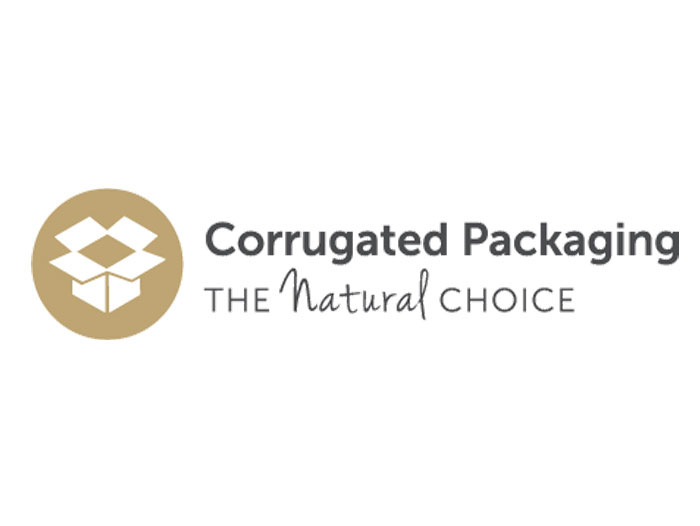LCA Shows Balanced Environmental Results for Produce Container Systems
June 24, 2019 | 3 min to read

ITASCA, IL – The Corrugated Packaging Alliance (CPA) released a new life cycle assessment (LCA) of produce packaging which shows neither corrugated containers nor reusable plastic containers (RPC), have an advantage in all environmental impact categories.
The full LCA is available for download here:
https://www.corrugated.org/comparative-life-cycle-assessment/
The LCA compares the environmental impact from extraction of raw materials to end-of-life for the two commonly-used produce container systems across eight of the highest volume produce items. The assessment shows that the two container systems have different environmental impacts which create value-based trade-offs. To minimize the footprint of delivering products to market, grower/shippers and packers should evaluate individual commodities, transport distances and other variables rather than rely on a one system fits all perspective.
Further, impact indicators differ in relative importance. When comparing systems using market-weighted averages, the corrugated container system has an advantage for global warming, eutrophication, and non-renewable resources. RPCs have an advantage for acidification, smog, respiratory effects and ozone depletion. When comparing systems using commodity-specific averages, corrugated containers have an advantage for global warming and non-renewable energy use and RPCs have an advantage for acidification, ozone depletion and respiratory effects.
“The LCA results demonstrate that systems should be evaluated holistically and on a product by product basis,” said CPA Executive Director Dennis Colley. “It’s not as simple as adding up the number of categories with the lowest impact score and calling one container system the winner. It really does depend on what’s being shipped, where it’s being shipped and other variables of the supply chain to determine what’s the best solution for a particular product.”
The LCA examined the effects of each system on seven environmental impact indicators: global warming potential (greenhouse gas emissions), eutrophication, acidification, non-renewable energy, ozone depletion, respiratory effects, and smog formation; and two inventory flows: freshwater consumption and solid waste. Solid waste and water are not included in the comparative statements since they are inventory values, not impacts. The static comparison shows that corrugated containers have a lower value for solid waste and RPCs have a lower value for freshwater consumption.
The peer-reviewed study, commissioned by the CPA and conducted by Quantis is the latest study in a series of industry LCA’s. It was conducted in accordance with ISO 14044 standards and guidelines for life cycle assessment studies.
###
The Corrugated Packaging Alliance (CPA) is a corrugated industry initiative, jointly sponsored by the American Forest & Paper Association (AF&PA), AICC – The Independent Packaging Association, the Fibre Box Association (FBA) and TAPPI. Its mission is to foster growth and profitability of corrugated in applications where it can be demonstrated, based on credible and persuasive evidence, that corrugated should be the packaging material of choice; and to provide a coordinated industry focus that effectively acts on industry matters that cannot be accomplished by individual members. CPA members include corrugated manufacturers and converters throughout North America.
Visit us on Twitter (@corrugatedpkg) https://twitter.com/corrugatedpkg
